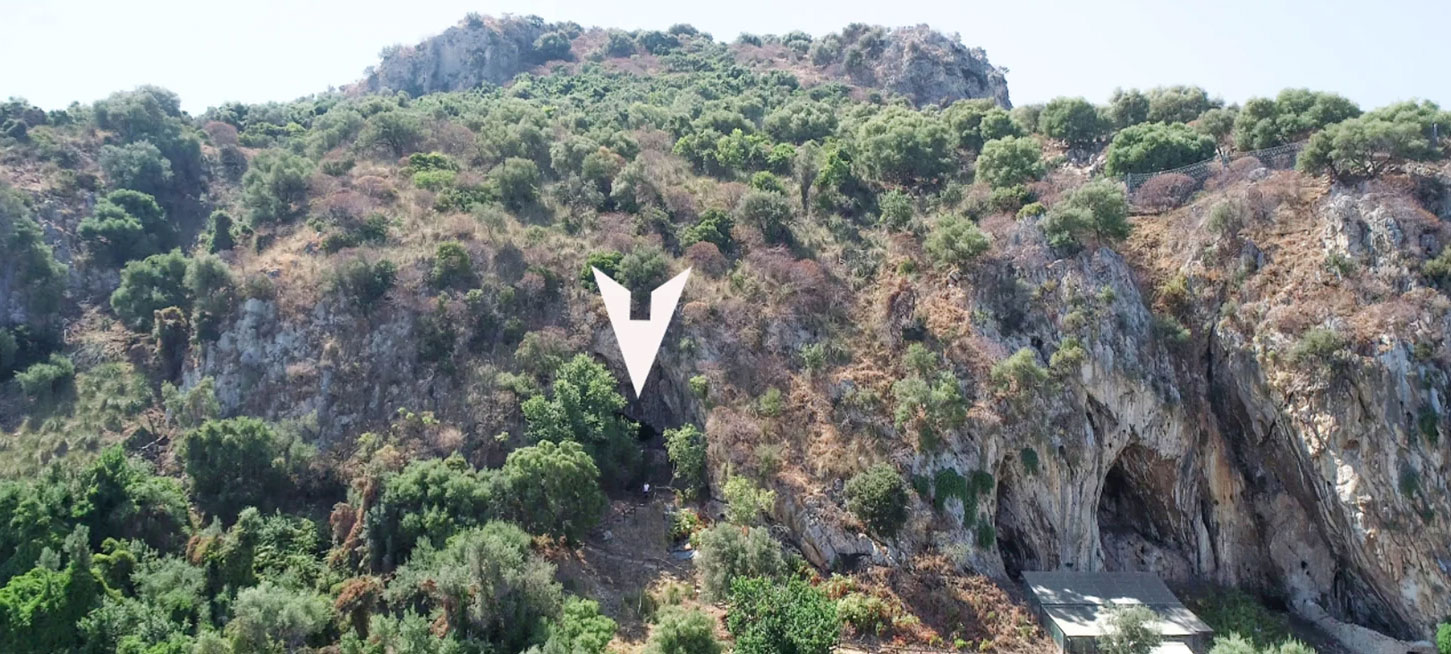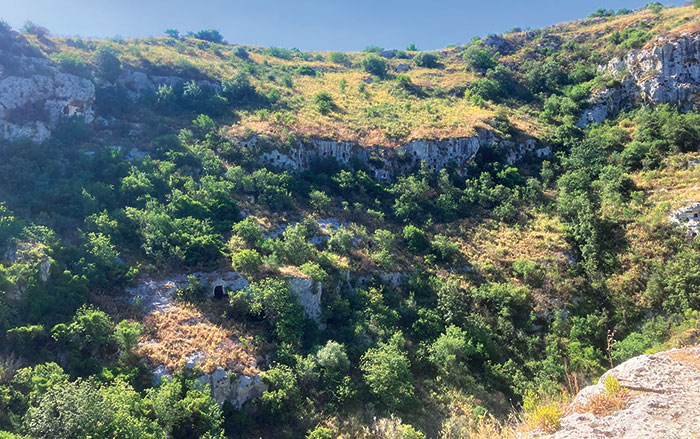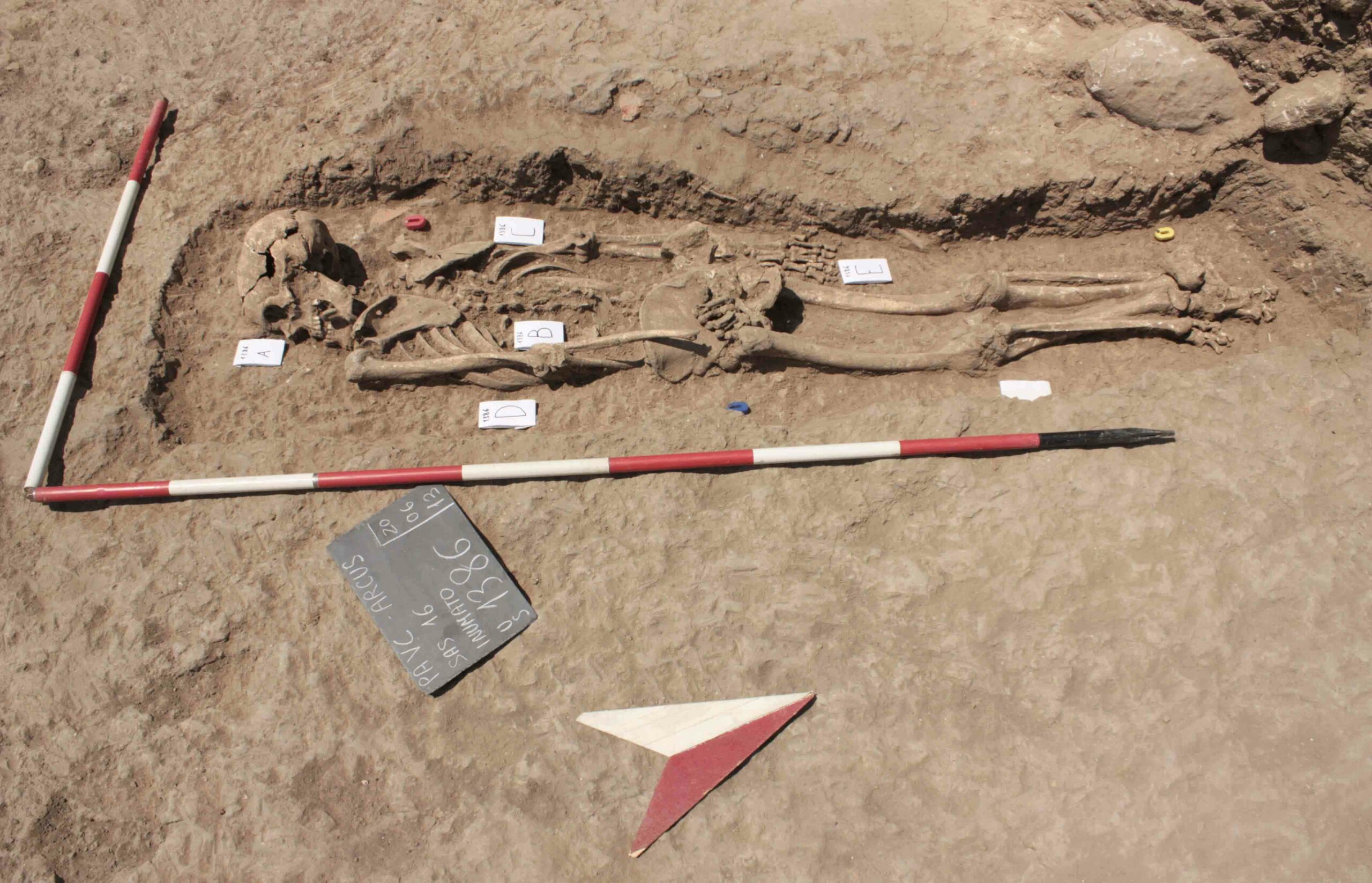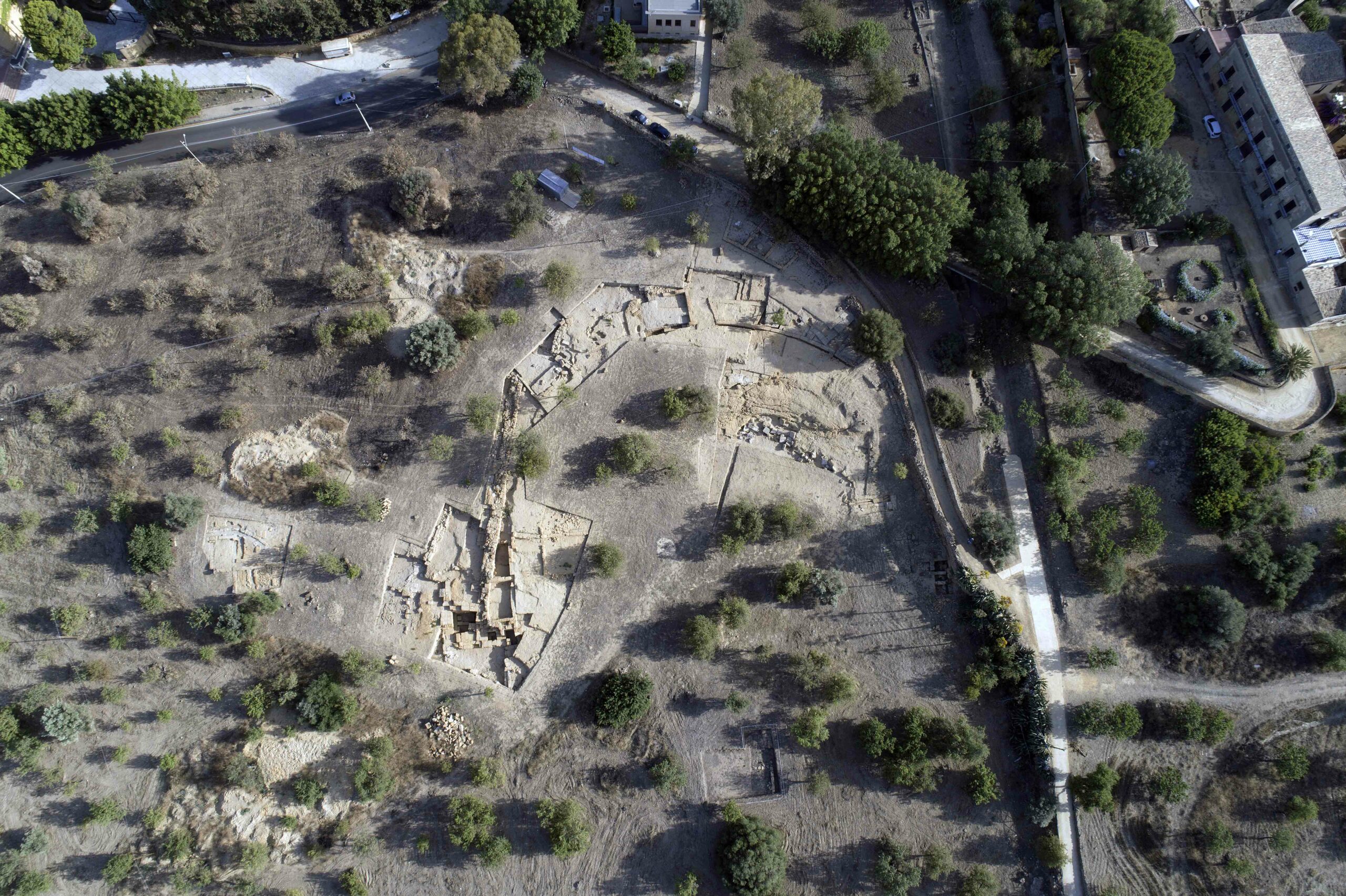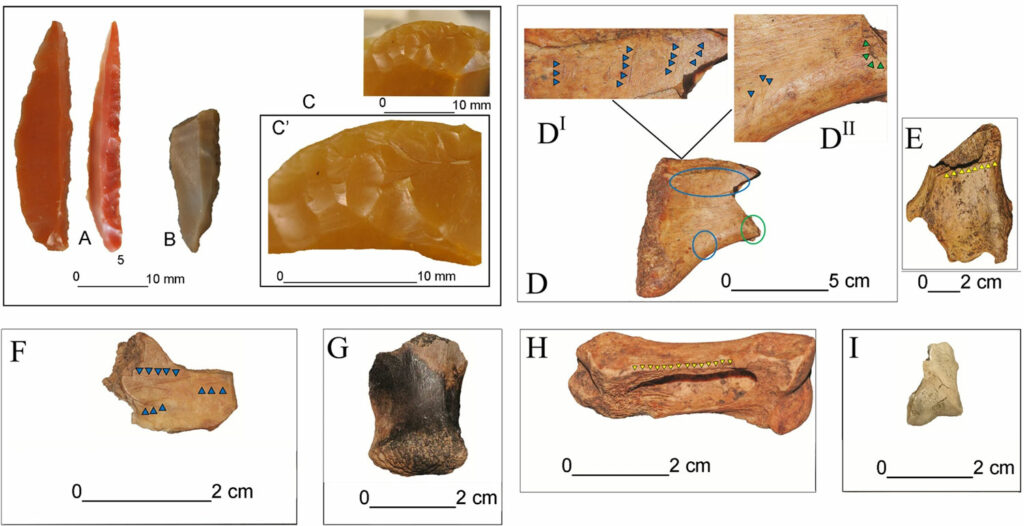
ACQUEDOLCI, SICILY—According to the Greek Reporter, archaeologists have discovered the earliest known evidence of human occupation on the island of Sicily in San Teodoro cave near the town of Acquedolci—finally proving a theory that was first posited over 75 years ago but unable to be confirmed then. Modern dating methods of sediment layers where stone tools, animal bones, and charred wood were found estimated that they were 16,500 years old, revealing that humans inhabited Sicily much earlier than previously thought. Groups of hunter-gatherers likely crossed the sea in small boats from mainland Europe as the last Ice Age was coming to an end. At the time, Sicily would have been a glacial refuge where these groups would have hunted large animals, especially deer that supplied them with meat, hides, and bone to make tools. Stone tools such as scrapers and points, which were made from local flint and quartzite, were also found within the cave. The new study also surprisingly indicated that the island was covered with maple, oak, and beech trees at a time when much of Europe was still buried in ice. Read the original scholarly article about this research in Archaeological and Anthropological Sciences. For more on the island's archaeology, go to "Sicily's Lost Theater."


